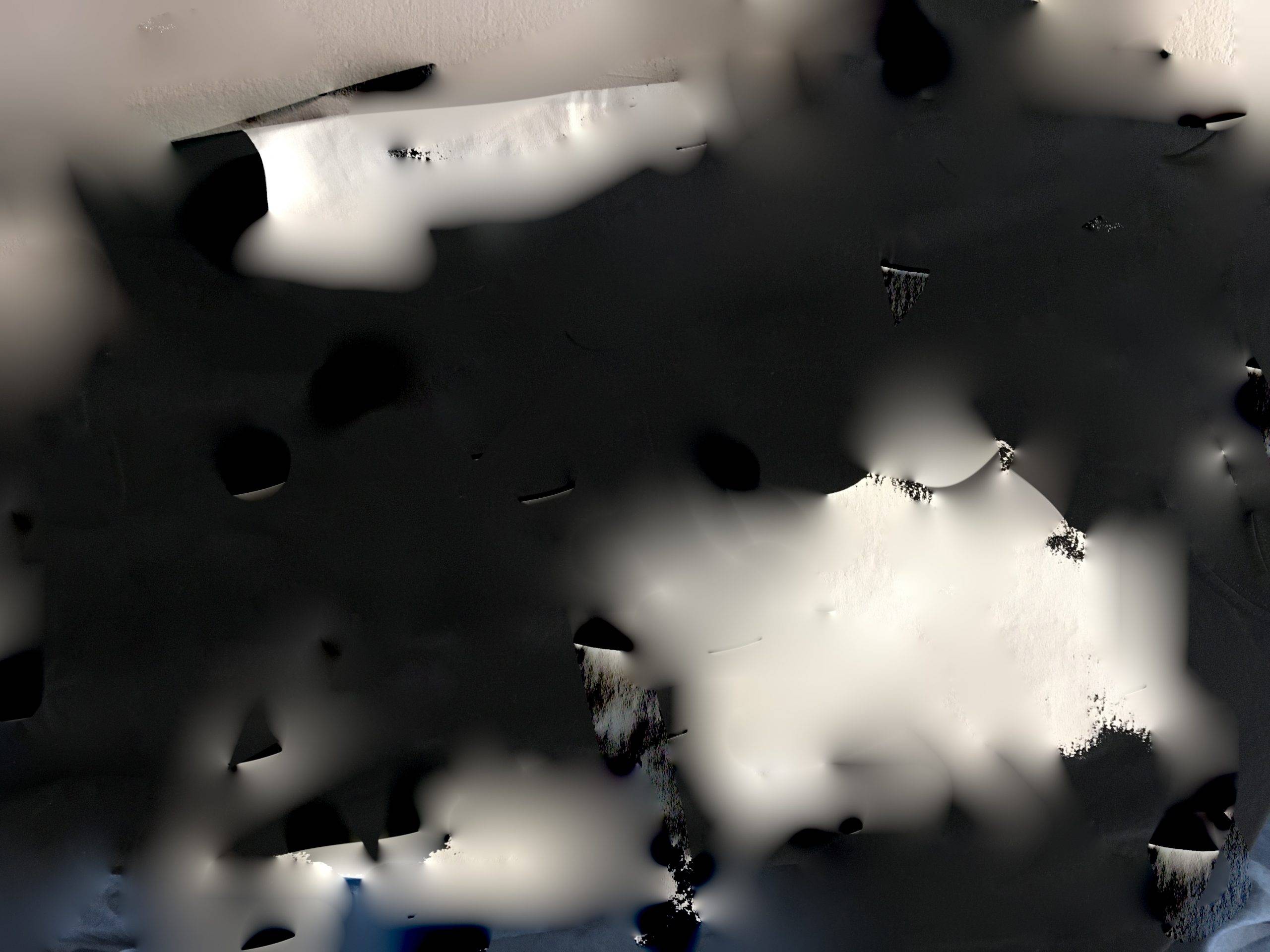When Shoshana Zuboff published The Age of Surveillance Capitalism four years ago, I remember feeling skeptical and slightly guarded. You’re telling me the Harvard Business School hates Facebook now too? Okay, sure, welcome comrade…better late than never. Zuboff’s book is big and bold. It makes a clear argument, and, most importantly, it makes that argument in a broad public arena that very few media scholars (like me) have access to. If Zuboff’s in the New York Times, good on her.
At least that’s what I used to think. Having recently read Stephanie Sherman’s essay “The Polyopticon: A Diagram for Urban Artificial Intelligences,” I was reminded of the problems in Zuboff’s project. According to Sherman, “Zuboff’s interpretation…is drastically limited by her vision of the liberal subject.”
I agree; and I’ll add another shortcoming: “surveillance” is entirely the wrong word and the wrong concept. The persistence of surveillance as a model for power — including the larger system of panopticism it suggests — is simply an incorrect description of the current conjuncture. But how exactly?
Already in 1994 Philip Agre gave us an excellent answer with his influential essay “Surveillance and Capture.” (If you don’t already know him, Agre’s back catalog has many interesting gems including “Your Face Is Not a Bar Code,” a detailed argument against facial recognition technologies published over twenty [!] years ago.) In his essay on surveillance and capture, Agre offered a model for thinking about power. Or, I should be clear, his particular lens was “privacy.” But I think we can easily extrapolate to a more general model of power, within which privacy was and is a central concern. In a nutshell, Agre turned away from surveillance as the central mechanism of power, and toward what he called capture.
Agre characterized the surveillance model in a number of key ways, including its tendency toward being secretive and surreptitious, its use in governing spaces and territories, and the fact that surveillance is often identified with the state (and hence is fundamentally a political technology). At the same time Agre also focused on two qualities of surveillance that strike me as particularly important today: surveillance implies visuality; and surveillance implies centralization.
Likewise Agre characterized the capture model, contrasting it point for point with the surveillance model. Instead of being secretive and surreptitious, capture actively intervenes. Instead of having affinities with states or political movements, Agre insisted that capture’s goals were “philosophical” rather than political; capture technologies have structural effects and aspirations, whereas surveillance technologies have territorial effects, according to Agre. And, perhaps most importantly, Agre wrote that capture technologies are not visual so much as linguistic, and are not centralized so much as decentralized.
In accord with Agre, I maintain that we misrepresent contemporary power, particularly any form of power that could be labeled “digital” like Google, Facebook and the other corporations Zuboff rightly rebukes, if we describe that power as fundamentally visual and centralized.
Of course computers aren’t entirely linguistic machines. They also may incorporate visual technologies like cameras and screens. Yet even on this more narrow point I maintain that panopticism is entirely the wrong metaphor. In fact I’ve argued in print that we need to turn this logic inside out: the computer is not a panopticon; if anything the computer is a reverse panopticon. There’s even an evocative example from media history to illustrate the point, François Willème’s multi-lens camera studio from the 1860s, that reverses the visual vectors of Jeremy Bentham’s eighteenth-century diagram of the panopticon prison. Computational vision doesn’t work like a centralized guard tower surveying an array of multiple cells. It works more like a multiplicity of parallel observations working in concert. At the risk of belaboring the tired old panopticon metaphor, computational visuality is a bit like if the guards moved to the perimeter of the prison, while the object under scrutiny moved to the center. Also, we’re all the guards now.
Again, I don’t think visuality is a good way to think about computation in the first place. But if we do elect to use visual metaphors, the computer really isn’t a surveillance machine in the narrow sense, it’s most certainly not a panopticon, and it’s not characterized by centralization. If anything the computer is a reverse panopticon, characterized by decentralization and distribution. Attention to visuality and centralization misrepresents the machine, and Agre, contra Zuboff, offers a better way to understand these complex issues.
Foto: Sylvia John taken from here

